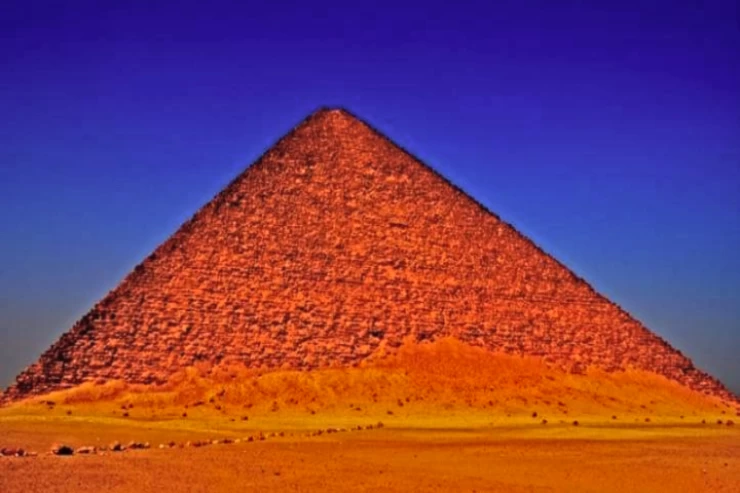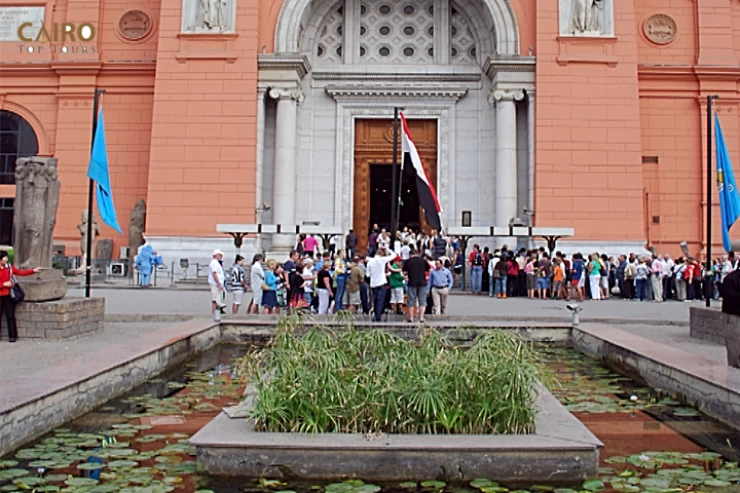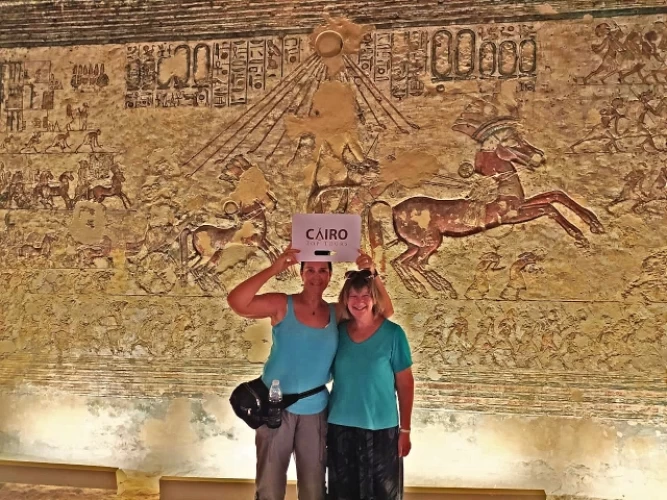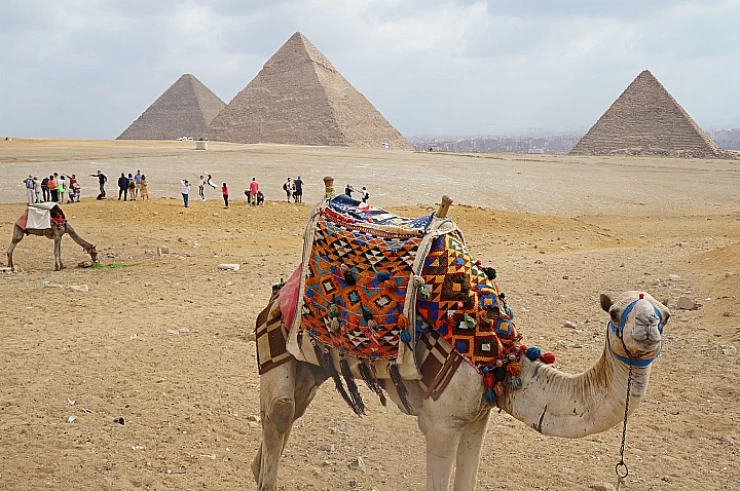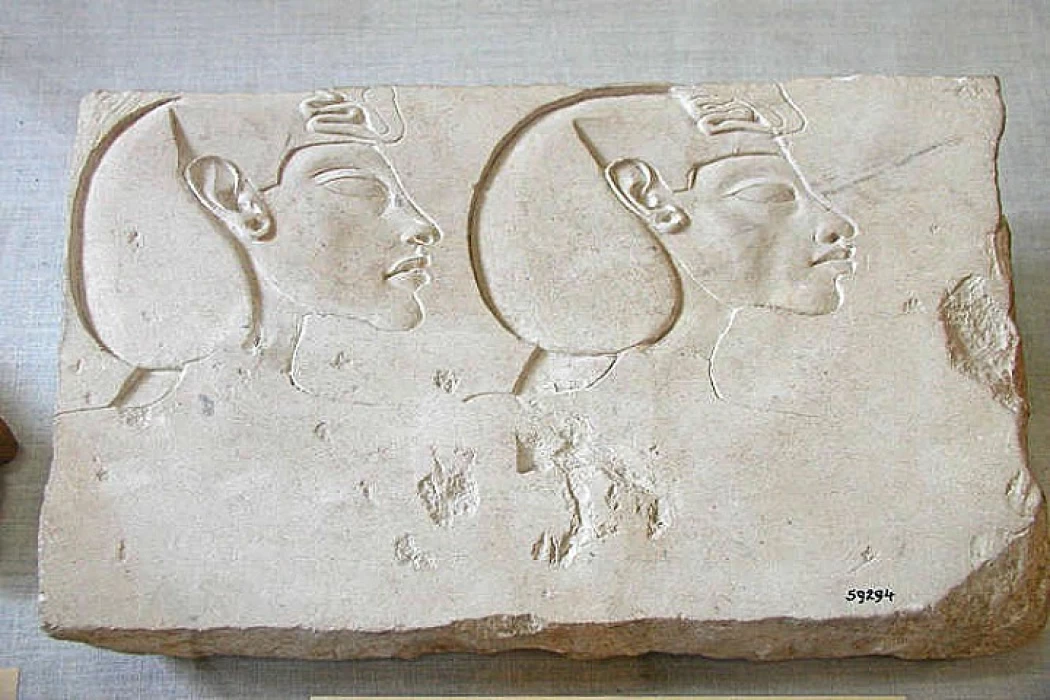
Akhenaten: Unraveling the Mysteries of a Religious Revolution
Throughout Egyptian history, few figures have stirred as much controversy as Akhenaten. His reign was marked by significant social, political, and religious turmoil, a level of upheaval rarely seen in any culture. In less than twenty years on the throne, Akhenaten introduced new elements to Egyptian religion, revamped the royal artistic style, moved the capital to an unoccupied location, and established a new architectural style. He even tried to erase the names and images of some traditional gods. This period, known as the Amarna period, has drawn considerable attention from both scholars and the public, largely due to the dramatic changes Akhenaten implemented.
Since the modern rediscovery of Akhenaten, many academics have written extensively about this so-called heretic king, exploring his controversial nature. James Henry Breasted captured his significance well: “Until Ikhnaton, the history of the world had been the irresistible drift of tradition. All men had been but drops of water in the great current. Ikhnaton was the first individual in history.”
Akhenaten became pharaoh around 1353 or 1351 BCE and ruled for about 17 years during Egypt’s 18th dynasty. He is most recognized by modern scholars for establishing a new religion centered on the Aten, typically depicted as a sun disk and understood as the sunlight itself. Originally ascending the throne as Amenhotep IV, he changed his name in his fifth year to better align with his religious beliefs (Amenhotep means "Amun is satisfied," while Akhenaten translates to "Effective for Aten"). Following this change, he launched a series of reforms in Egyptian religion, art, and writing that seemed to coincide with the jubilees of his deified father, Amenhotep III, and the Aten.
If you’re interested in exploring the fascinating history of Akhenaten and other ancient wonders, check out Cairo Top Tours for amazing Egypt Day Tours, exciting Egypt Travel Packages, and unforgettable Egypt Shore Excursions!







